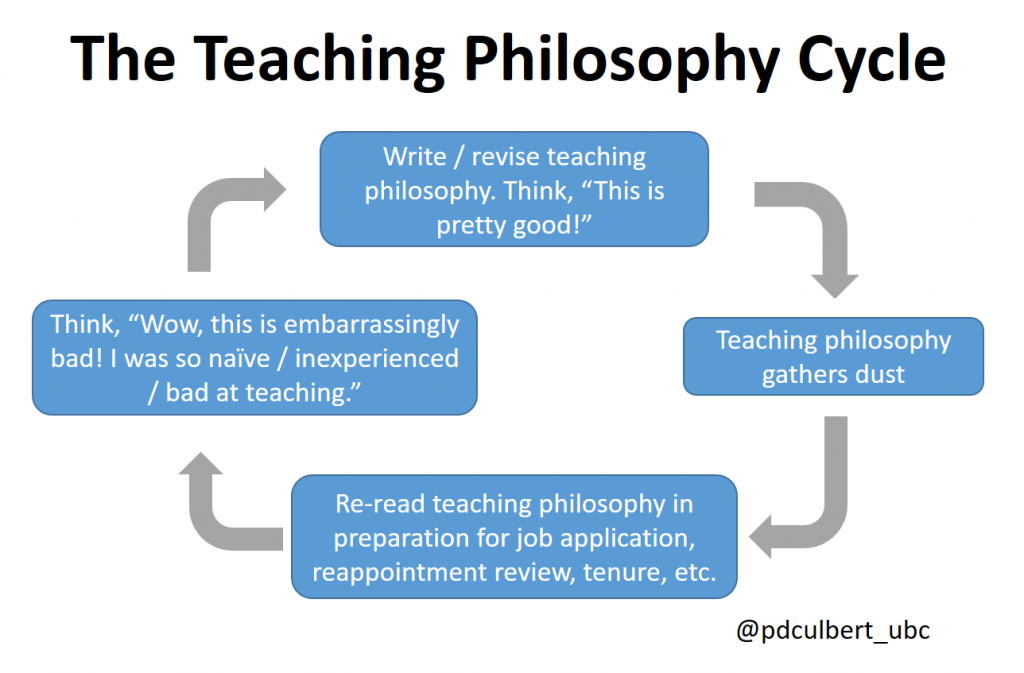Do you use think-pair-share in your classes? Are you doing it right?
Recently, I (virtually) saw Eric Mazur speak on Peer Instruction, his teaching technique that incorporates a variation of traditional think-pair-share (Mazur, 1997). This reminded me of key aspects of think-pair-share that I had either forgotten or haven’t always implemented. Thinking back to my experience as a student, I think instructors often miss key aspects of think-pair-share, reducing its effectiveness.
You may be thinking, “Really? Isn’t the process fully explained in the name?”
Sort of, but there is surprising nuance involved in well-executed think-pair-share, especially the highly effective version used in Peer Instruction.
Continue reading